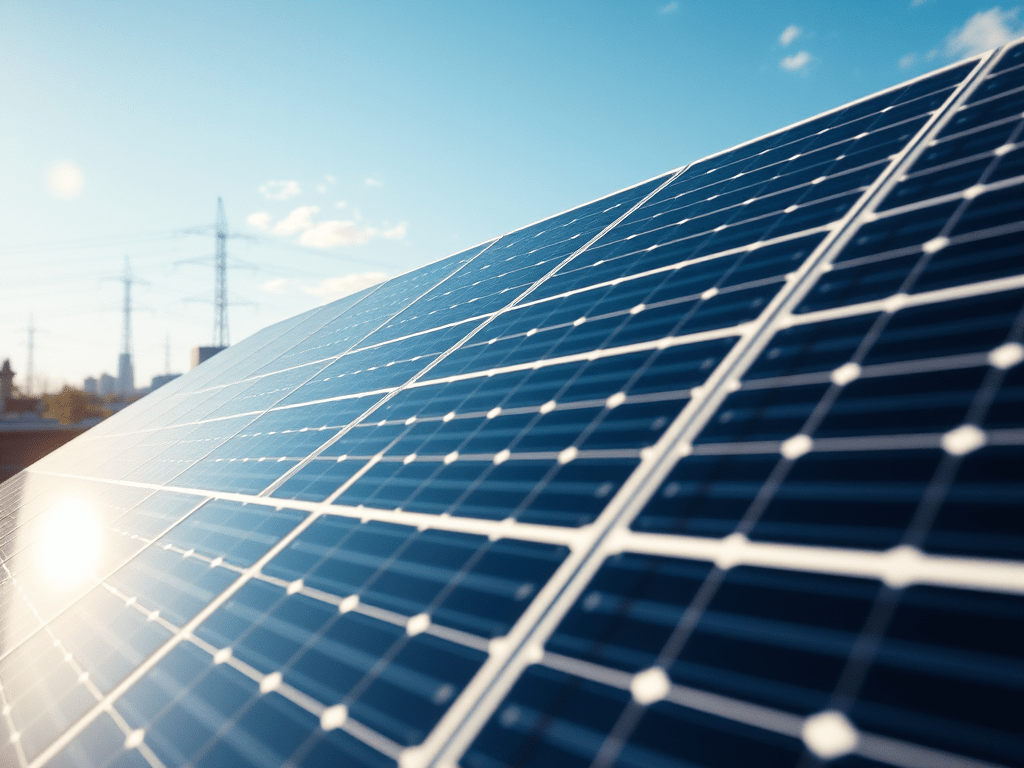Any time? most of the mantra is as soon as you can install solar you should, but that is not really the right answer. I hold the belief that if you install solar it should start paying you back from day one, and while you will see “solar works when its cloudy” this is not really a great start.
The type of solar you install will vary, so a battery system could save you money very quickly so installing them any time is fine. As soon as you install solar this changes the “savings dynamics”.
If you want the short answer, so you do have to read the whole article then end of February early March would be the answer you are looking for.
The solar year is around 275 days of the year here in the UK, we start in the last weeks of February and run all the way through to the early weeks of October. It comes down to the suns angle and the “sun hours” you can click sun hours here for more info on this.
Mid winter, we have 2 sun hours, and peak summer we have 8-10 sun hours. by March and October we have 4 sun hours.
To work out what that means, you can use a rule of thumb which is the array size multiplied by the sun hours to get the power you could have as a total for the day. When doing calculations we use the array size, times 8 for the sun hours, and then times 275 days. Then subtract 35% to get the annual solar yields.
if you clicked the sun hours link above before reading on, you will see the radiance charted over the year as an average, in March its 1.15, in February its 0.77 hours.
lets look at what that means for an average person…
6x 435 watt solar panels. We have a 2.61 kw array peak power at 1kw/m2.
The ratio 1 is where the solar panels have been tested (as in 1kw/m2) there is a detriment to solar panels as they heat up from the sun.
In Jan, we have 0.52,
Feb 0.77
March 1.15
Lets look at some panel data to work out what we will really get in terms of power.
( Data sheet from our Bifacial solar panels)

If you read the STC ( standard test conditions) we will look at the 440w panel, we can see the test is 25Oc and 1kw.m2, now the NMOT ( also known as NOCT), that’s Normal Operation Condition Testing..
We can see the same panel, is 335W with 0.8kw/m2 at 20Oc.
We know that February is 0.77Kw/m2 and this means that what could be 440w ( times 6 panels) or 2.64kw would be reduced to 2.01kw. We then multiply this by the sun hours.

We take 2.01kw x 1.9 S.hrs (2024) and your power per day would be 3.81kwh per day. ( about £1.14 at £0.30kwh) I will take this time to note there is a post on the solar dimming issue.
In 2019 your math would have been 2.01 x 4.4 which would have been 8.84kw or £2.65 a day.
If you are into math the difference between those two years is 43.1% difference in the solar yield; therefore you may see the problems of calculating accurate solar data for your projects.
If you would like to learn more about the sun power and charted information you can click this link.
installing in Feb/March
The cost of solar changes on a yearly basis with a few factors causing the pricing difference, typically from September to February is the lower cost time to buy hardware. By April solar season is underway and therefore trying to book everyone required becomes more difficult.
during the early part of summer you can be waiting two months for your installation. Remember it not just the UK wanting solar but the whole northern hemisphere. Also the trades are in full swing with building projects, so it can become congested during the year.
Its wet this time of the year which can cause delays, but you do benefit from having your solar installation reach a peak performance fairly quickly. This means you will start seeing returns just after the installation. the opposite to this is a late installation which means that for 3 months your solar will be minimal. But winter is the time of the year when we use the most power. so here a battery system could pay dividends if you have a low rate cost to charge the battery.
Solar battery installation.
A solar battery can be charged from cheap rate tariffs and therefore installation at any time is good. if you combine solar for charging then before summer ( May) is ideal as all the excess power can be stored to use over night which will have a big impact on your power bill.
If you look at our energy trader post you can see that you do not need solar, but you may want to charge and run from the battery alone. or sell power. This often means installing larger batteries to cope with your loads as well as what you want to sell.
Typically you buy a 0.07 Kwh and sell at £0.15 – £0.40kwh.
Of course if you have solar, your not having to buy power from the grid when you can charge from solar.
When you have stored power from the grid, your peak rate kWh costs just £0.07 making a saving of £0.08kwh or more. There are times in the summer when you can also get paid to charge the battery! yes the gird will pay you to use its power.

No responses yet